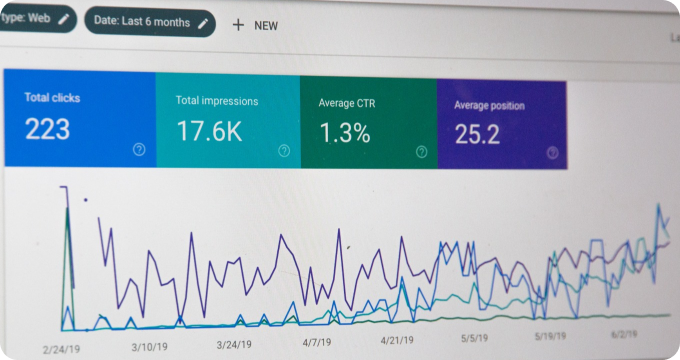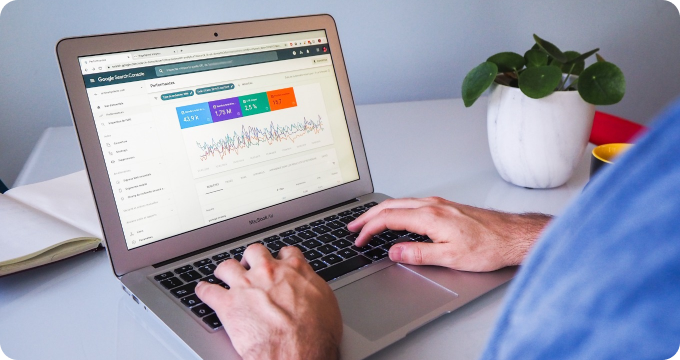Debunking 10 Myths about Demand Forecasting Software in the Industry
- November 24, 2023
- 2 minutes
Demand forecasting is a critical component of any business’s strategy, allowing companies to anticipate consumer demand and adjust their operations accordingly. The advent of demand forecasting software has revolutionized the business landscape, providing access to sophisticated analytic capabilities that enable organizations to make data-driven decisions. Nonetheless, a raft of misconceptions about demand forecasting software pervades the industry, often hindering businesses from fully harnessing its potential. In this piece, we aim to debunk ten such myths.
Our first myth is that demand forecasting software necessitates a considerable understanding of statistics. While statistical knowledge is a boon, many modern forecasting tools come equipped with user-friendly interfaces and automated analytical functions that make the software accessible to users with varying levels of proficiency. Advanced algorithms and machine learning engines underpin these systems, eliminating the need for the user to perform complex calculations.
Secondly, many businesses are under the impression that demand forecasting software is only suitable for large enterprises. This misconception stems from the belief that its implementation and maintenance require substantial resources. However, today's software market offers a variety of affordable solutions that cater to small and medium-sized enterprises. These tools streamline business processes, increase efficiency, and ultimately lead to cost savings that justify the initial investment.
Thirdly, there’s a common belief that adopting demand forecasting software will render business intuition and experience redundant. This is a misapprehension. While the software provides valuable quantitative insights, qualitative judgements from experienced professionals remain invaluable. Far from rendering human expertise obsolete, the software is a tool that enhances decision-making processes by combining empirical evidence with human intuition.
A fourth myth is that demand forecasting software will deliver perfect forecasts. It's crucial to understand that demand forecasting is inherently probabilistic. No software can guarantee absolute accuracy because of the numerous variables and uncertainties involved. However, the objective is to minimize the margin of error, and this is where demand forecasting software excels.
The fifth myth is that all demand forecasting software offers the same functionality. Just as businesses vary in size, industry, and operation, so too does demand forecasting software in terms of their capabilities, specialties, and interfaces. It’s critical for businesses to scrutinize how well a particular software aligns with their specific needs before making a choice.
Next, we confront the myth that implementing demand forecasting software will lead to immediate results. Much like other strategic initiatives, the benefits of demand forecasting software emerge over time. Data collection, system configuration, and user training are prerequisites to achieving optimal results.
The seventh myth is that forecasting software only benefits the sales and marketing departments. While it's true that these teams are primary users, the advantages of accurate demand forecasting extend across the organization. Production, supply chain, and financial planning can all significantly benefit from precise demand predictions.
The eighth myth is that demand forecasting software can replace all other forecasting methods. While software might be a game-changer, it doesn't negate the utility of traditional methods. For instance, Delphi method, market research, and scenario analysis continue to play a significant role in providing qualitative insights that complement the quantitative outputs of forecasting software.
Our penultimate myth is that demand forecasting software is only about predicting future demand. While this is a critical feature, modern software offers much more, including inventory management, price optimization, and customer behavior analytics.
Finally, the notion that once implemented, demand forecasting software does not require any further attention is incorrect. On the contrary, constant management, evaluation, and upgrades are necessary to ensure the software adapts to changing business landscapes and continues to deliver accurate forecasts.
In conclusion, to fully harness the benefits of demand forecasting software, businesses must do away with these prevailing myths. The truth is that demand forecasting software is a powerful tool that, when utilized effectively, can bolster operational efficiency and strategic planning - ultimately driving business growth and competitiveness in today's data-driven economy.
Learn More
Unleash the power of prediction and take your business to new heights by diving deeper into our insightful blog posts about demand forecasting software. For an unbiased and comprehensive view, they are encouraged to explore our meticulously curated rankings of the Best Demand Forecasting Software.
Popular Posts
-
 7 Compelling Reasons Why Your Business Needs Demand Forecasting Software
7 Compelling Reasons Why Your Business Needs Demand Forecasting Software
-
 The Future of Demand Forecasting Software: Predictions and Emerging Trends
The Future of Demand Forecasting Software: Predictions and Emerging Trends
-
 Ask These Questions to a Demand Forecasting Software Provider to Choose the Right Solution for Your Business
Ask These Questions to a Demand Forecasting Software Provider to Choose the Right Solution for Your Business
-
 How to Hire the Right Demand Forecasting Software for Your Business
How to Hire the Right Demand Forecasting Software for Your Business
-
 7 Things I Wish I'd Known About Demand Forecasting Software Before Implementing One
7 Things I Wish I'd Known About Demand Forecasting Software Before Implementing One






